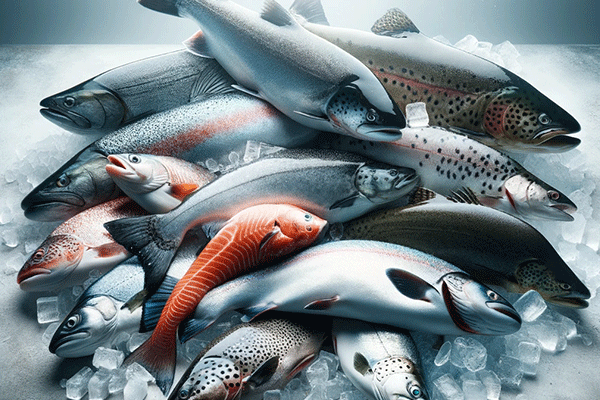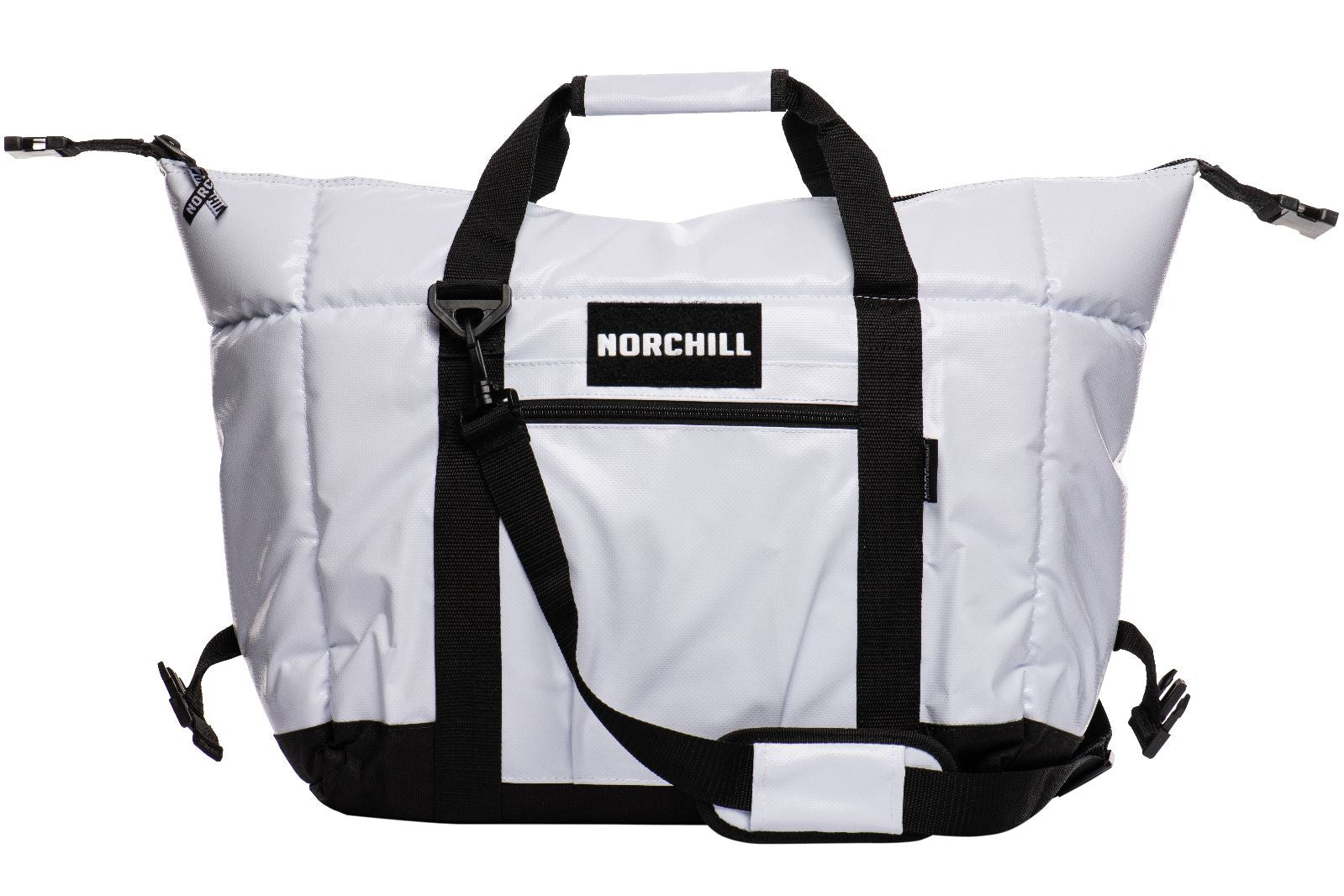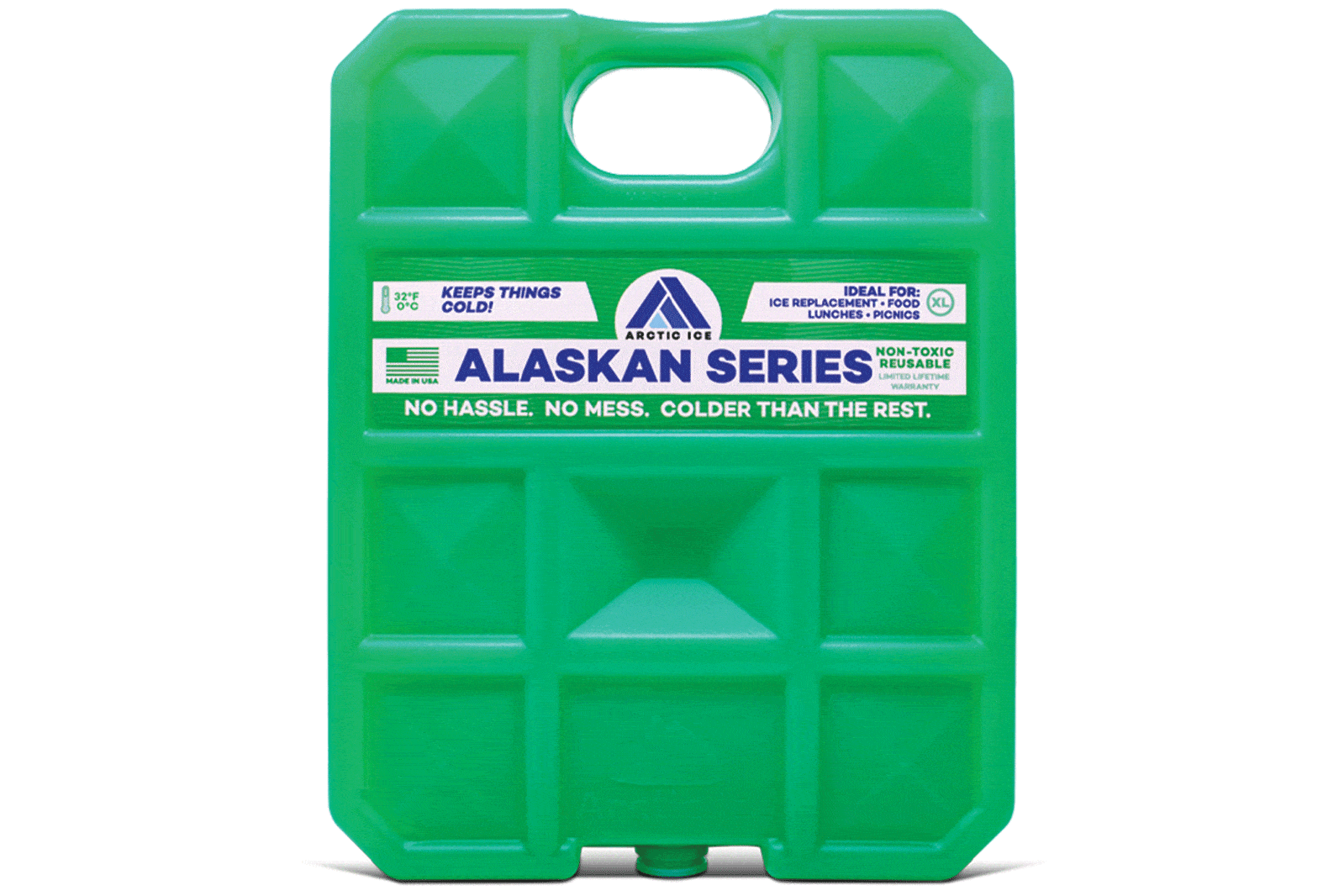
Fishing is more than just casting a line and hoping for the best. It's an art, a science, and for many, a way to connect with nature. Whether you're a seasoned angler or someone who's just getting their feet wet, one challenge remains constant: keeping your catch fresh until you get home. In this guide, we'll dive into the best practices for preserving the freshness of your fish, ensuring that your hard-earned catch remains in prime condition and keeping your catch fresh.
Understand Your Catch
First things first, know the fish you're targeting. Different species may require slightly different handling and storage techniques for keeping your catch fresh. For instance, oily fish like mackerel spoil faster than others. Recognizing these nuances can help you plan accordingly.
Bring the Right Gear
- Quality Cooler: Invest in a high-quality cooler that can maintain low temperatures for extended periods. NorChill coolers, for example, offer superior insulation and durability, perfect for any fishing trip.
- Ice Packs or Ice: Have plenty of ice or ice packs ready. Ice is crucial for slowing down the decomposition process by keeping the fish cold.
- Clean Containers: If you plan to fillet your catch on-site, bring clean, airtight containers to store the fillets, keeping them separated from the ice to prevent waterlogging.



Immediate Cooling
The moment you catch your fish, the clock starts ticking for keeping your catch fresh. To slow down the spoilage process, it's vital to cool your fish immediately. Bleed and gut the fish if possible, as this can significantly reduce the risk of spoilage and improve taste. Then, place the fish directly into your cooler, surrounded by ice.
Proper Storage
- Avoid Direct Contact with Ice: While ice is essential, direct contact with water can lead to a loss of flavor and texture. Use plastic bags or containers to keep your fish dry.
- Layer Your Catch: If storing multiple fish, layer them with ice in between to ensure even cooling.
- Maintain Temperature: Regularly check the temperature inside the cooler, aiming to keep it just above freezing. Avoid opening the cooler frequently to maintain the internal temperature.
Handling and Transportation
Handle your fish gently to avoid bruising the flesh. When transporting your cooler, keep it in the coolest part of your vehicle and out of direct sunlight. If you're on a longer trip, consider replenishing the ice to maintain a stable, cold environment.
Preparing for Home
Once home, if you're not planning to cook the fish immediately, clean and prepare it for storage. You can freeze fish to extend its shelf life, but remember, fresh is always best when it comes to taste and texture.
Conclusion
Catching a fish is just the beginning. Properly handling and storing your catch can make all the difference when it comes time to enjoy the fruits of your labor. By following these tips, you can ensure that every fish you bring home remains as fresh and delicious as possible, providing you and your loved ones with not just a meal, but an experience to remember.
